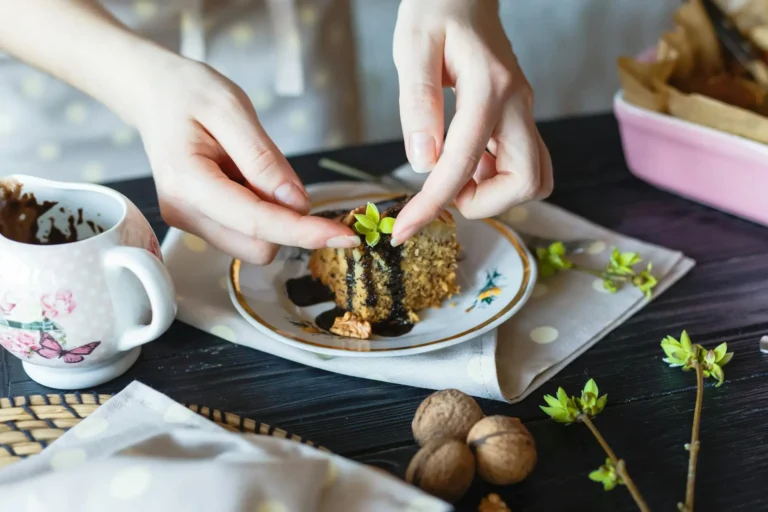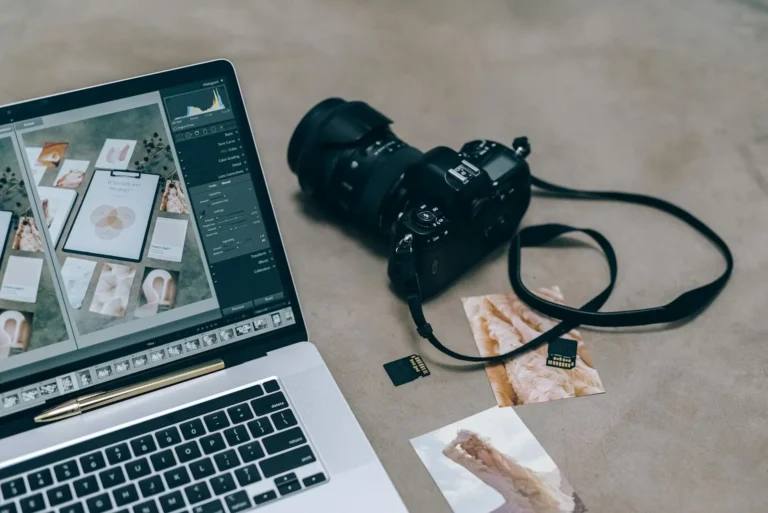Mastering Natural Light Photography for Food
01. Introduction to Natural Light Photography
Photography is the art of capturing light in its simplest form; when it comes to food photography, natural light becomes a photographer’s best companion. This tutorial will show you how to accomplish natural light photography for foods and make amazing pictures that will leave your mouth watering.

02. Understanding the Importance of Natural Light
Benefits of natural light for food photography
Natural lighting gives a soft ambiance that makes the colors and textures of food look more vivid and delectable in photographs. Unlike artificial lighting, natural light gives your images an organic feel.
Comparison with artificial lighting
Though useful for certain instances such as night shoots or studio work, artificial illumination is typically devoid of the warmth and realism found in natural light. Natural light is much kinder and more flattering, enabling you to effectively capture the essence of food.
03. Tips for Utilizing Natural Light
Best times of day for shooting
The best time of day for shooting food photos using natural lights is during golden hours just shortly after sunrise or before sunset. The sun casts over small angles bringing warm fuzzy golden colorations making our foods more appealing in terms of their texture and colours.
Positioning food near windows
Compose the images in a way that you can take advantage of the natural lighting by having your food near a large window. Place your food at an angle of 45 degrees from the window to create soft flattering shadows and high lights. Thus, avoid placing it right in front of the window which creates harsh shadows and over-exposure.
Diffusing harsh sunlight
In case you are shooting outside on a clear sunny day, you may need to diffuse harsh sunlight to reduce harsh shadows and over-exposure. The light can be softened and diffused by sheer curtains, white bedding, or photo diffusers. Otherwise, shoot during cloudy days or in shaded areas for softer more even lighting.
04. Composition and Styling Techniques
Choosing the right backdrop and props
Pick out a clean neutral background that matches with your foods’ colors and textures. Do not go for busy backgrounds as they take away attention from the main subject matter. Select props such as utensils, napkins, and fresh herbs that help enhance the theme or mood of your photograph.
Styling your food in friendly lighting
While styling your food, try to achieve a natural and effortless look. Ensure that the food is arranged in such a way that it is pleasant to the eye and appetizing without being overly staged or artificial. Change angles, compositions, and garnishing for visually striking images that bring out the beauty of the food.
05. Editing & Enhancing Your Photos
Using photo editing software
Once you have taken your photos, enhance them by using photo editing software such as Adobe Lightroom or Photoshop. Enhance colors, contrast, exposure, and white balance so that your photos can have the desired appearance. Do not over-edit your pictures since this may produce an unnatural look.

Keeping things real
One of the most important things to consider while editing your photos is the authenticity of the food portrayed. The coloration of foods should not be overly saturated or manipulated; otherwise, they would appear plastic-like. It should instead aim at representing the true nature of foods with their actual colors and textures.
06. Conclusion
Mastering natural light photography is important for capturing eye-catching and tasty-looking food images. By understanding the power of natural light and following the tips outlined here, you can improve your food photography skills and create memorable pictures.
07. FAQs
01. What equipment do I need for natural light photography?
Just have a camera and access to natural light. The use of fundamental DSLR or mirrorless cameras can be done together with trials on different lenses with varying settings.
02. Can I shoot food photos indoors using natural light?
Sure! Indoor photography gets the best result when the source of lighting comes from windows or well-lit rooms.
03. How do I avoid harsh shadows when shooting outdoors?
Use sheer curtains, white bed sheets, or photographic diffusers to diffuse hard sunlight. Alternatively, shoot in shadowed areas or on cloudy days to achieve softer even lighting.
04. Is it necessary to edit food photos?
Although editing improves the quality of photographs, the essence of food must remain authentic. Avoid over-editing as this will give unnatural photos.
05. What can be done to enhance my food styling expertise?
One of the best ways to do this is by trying out various styles such as; arrangements, orientations, and objects that can make your pictures look good to the eyes. On how to style your food naturally without much effort you need to practice for better outcomes.







Hi there, just became aware of your blog through Google, and found that it is truly informative. I’m going to watch out for brussels. I will appreciate if you continue this in future. Many people will be benefited from your writing. Cheers!
Thank You…🥰❤️